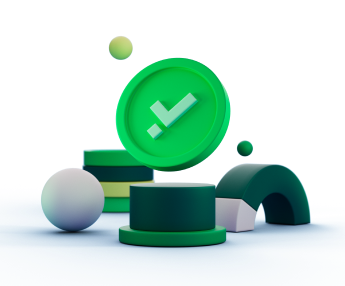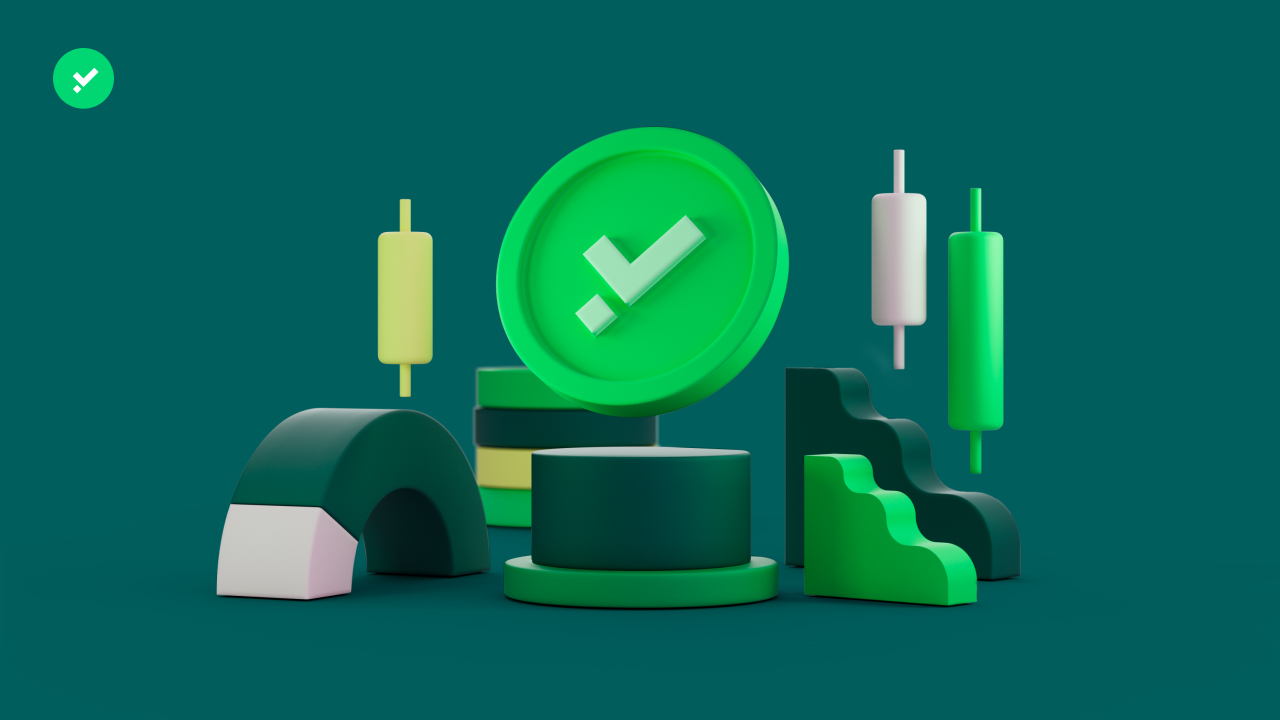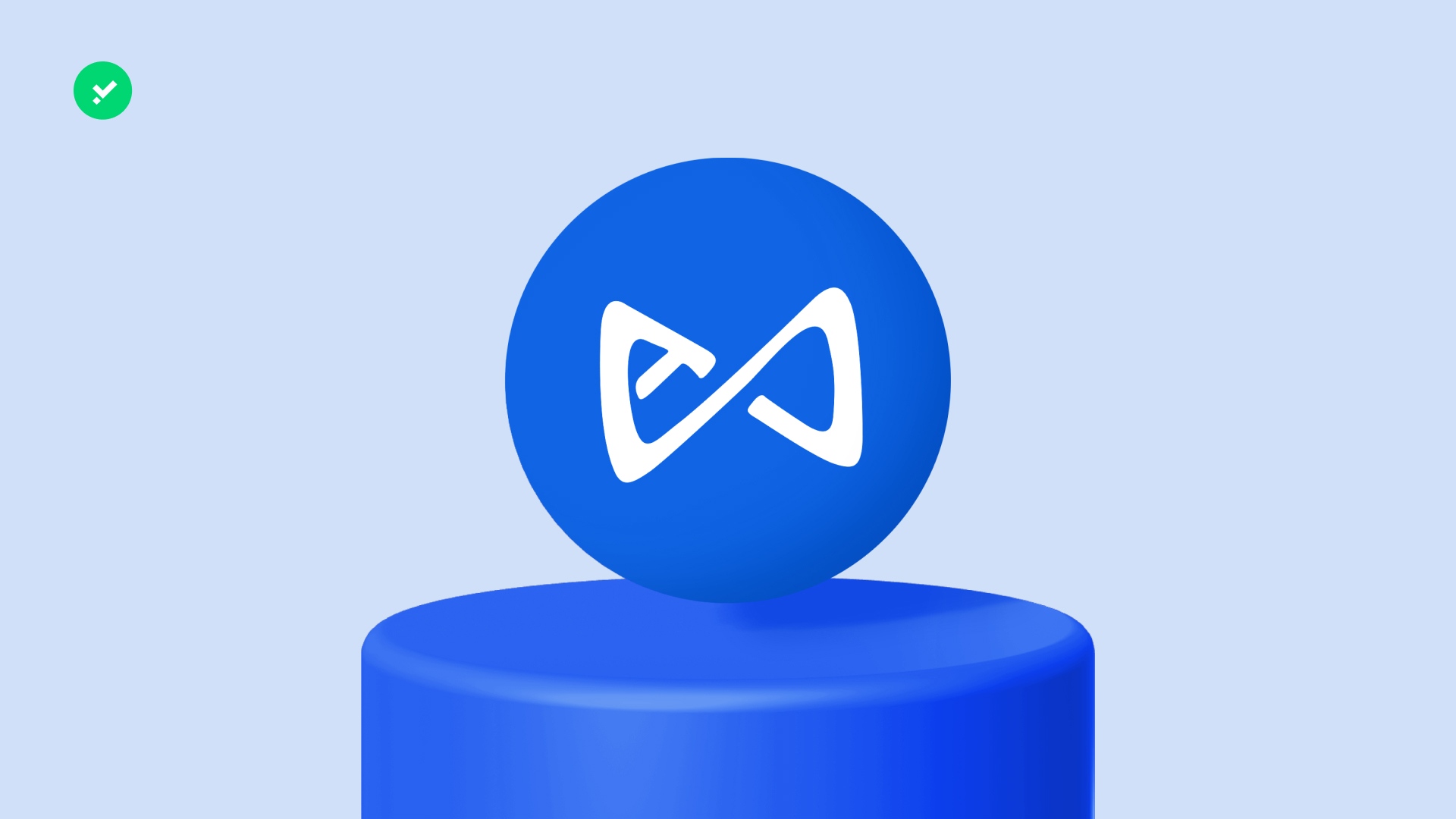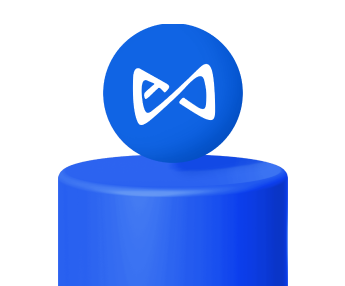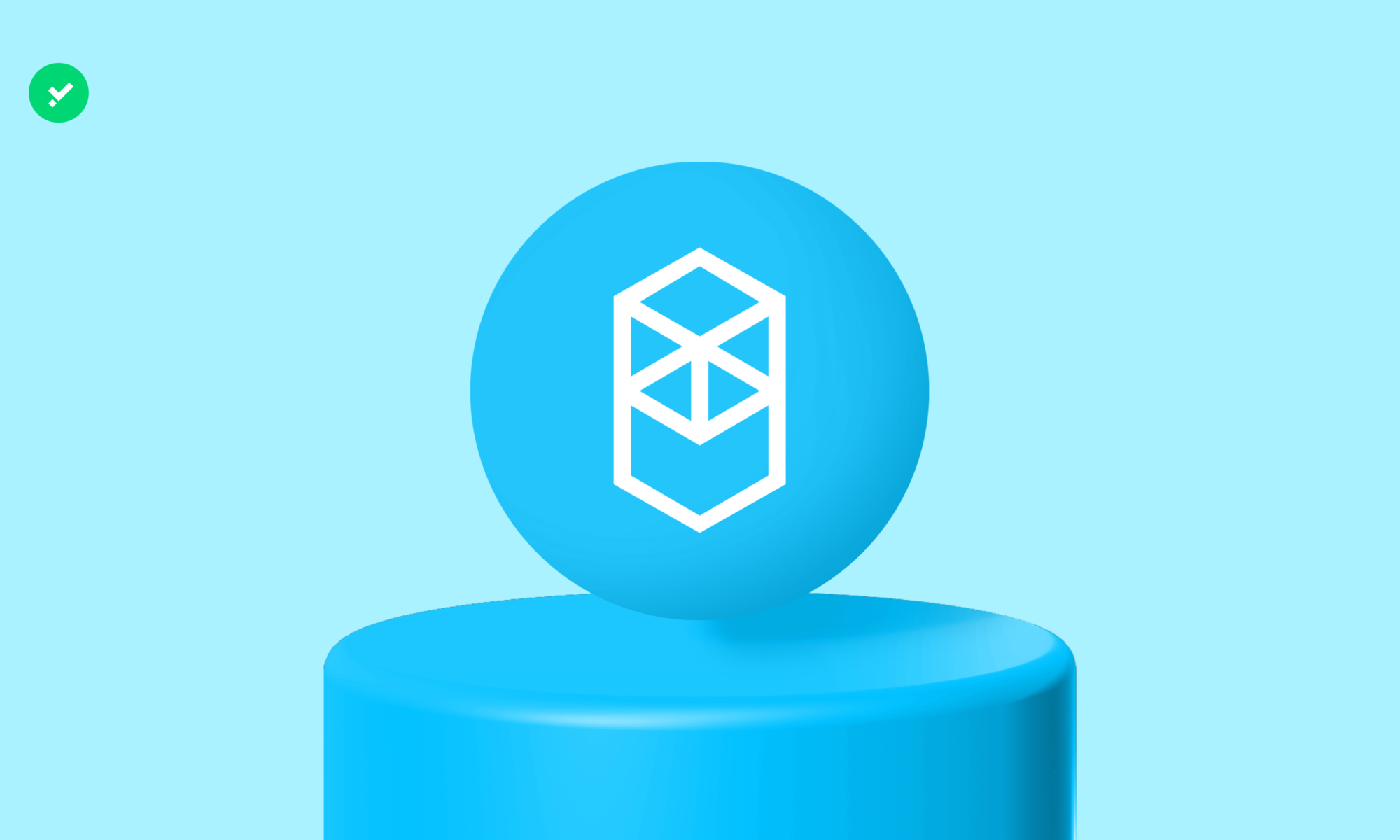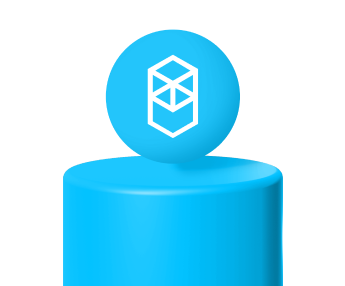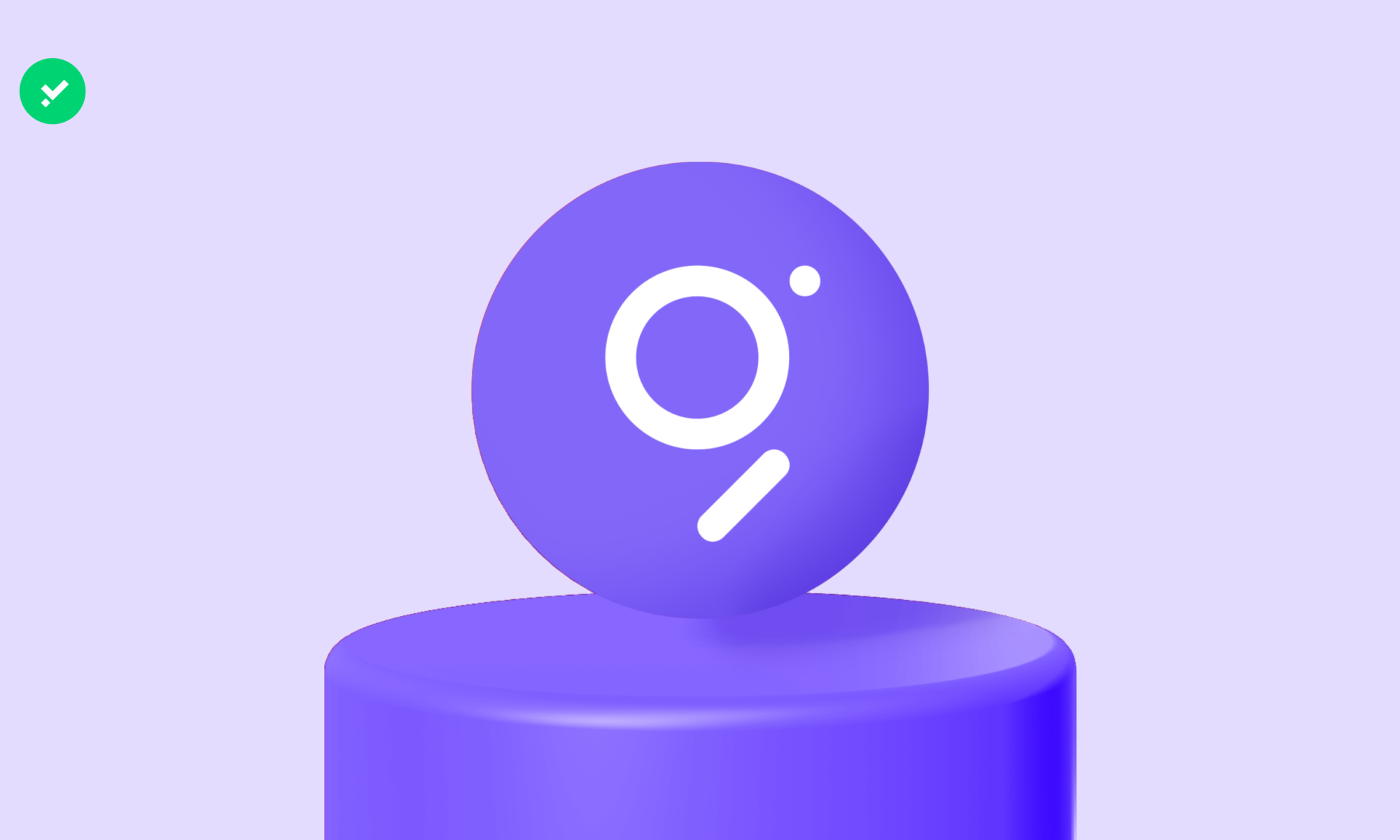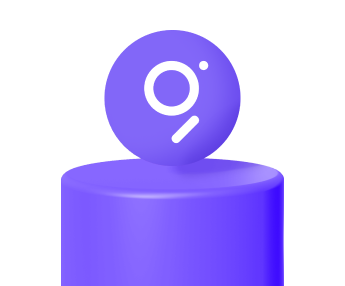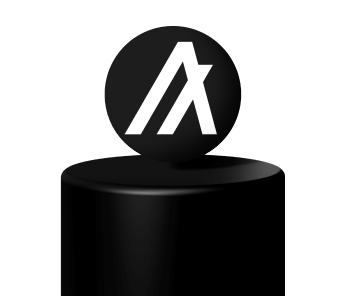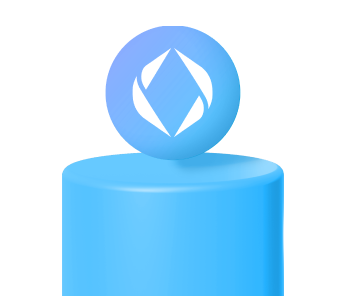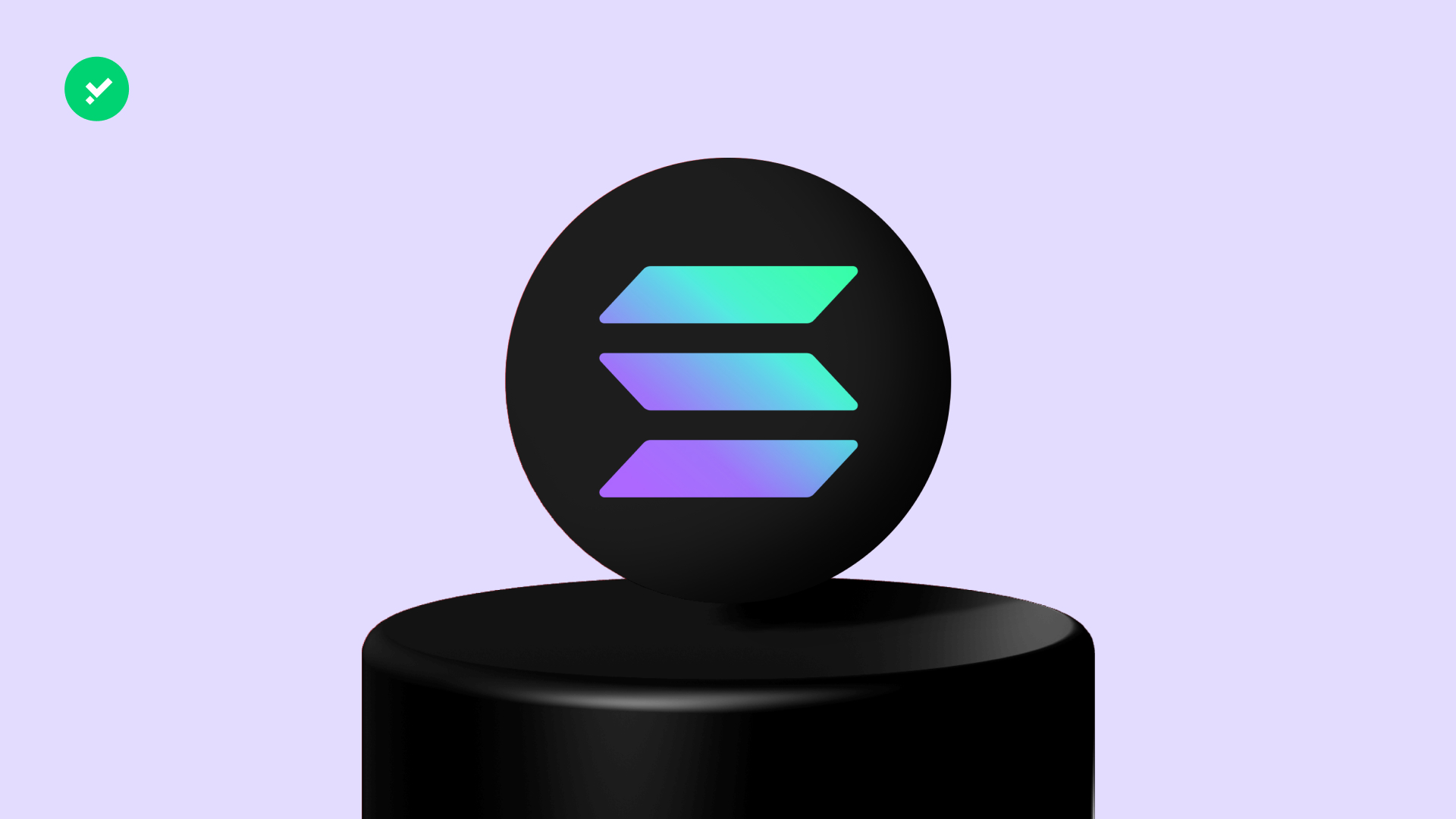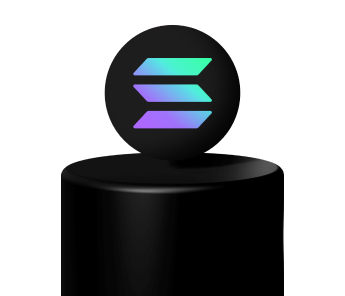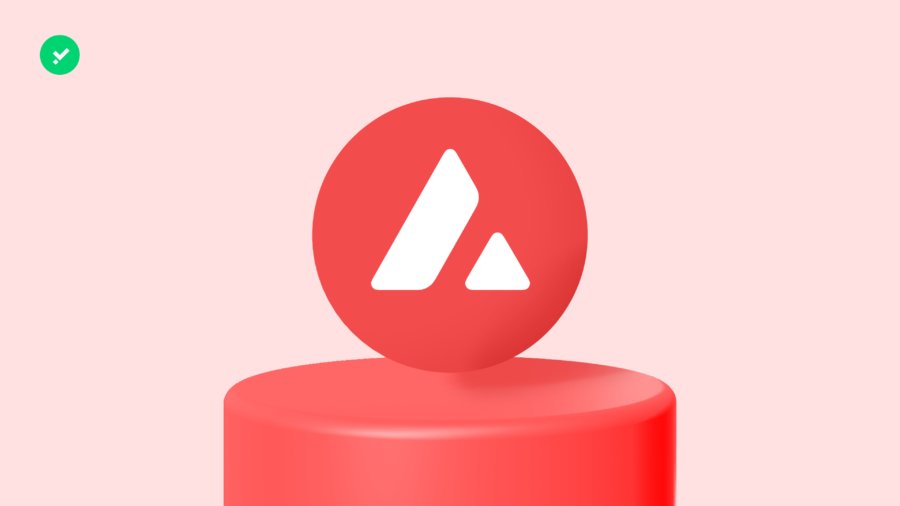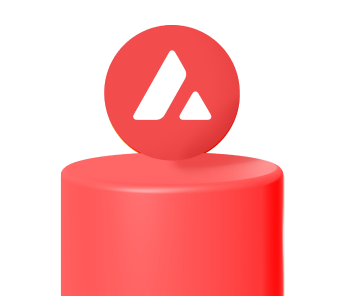Young Platform’s European project is being released on the open market! YNG is the emerging utility token that underpins an entire community
It is with great excitement that we announce the release of Young (YNG), Young Platform’s proprietary token. Clamoured for by our users and after a successful Community Sale, the 100% European token is ready to be traded on Young Platform and Young Platform Pro.
From a technical point of view, YNG is a ‘utility token‘, i.e. a token that has a well-defined purpose within a system. The newly released token is the foundation on which the life of the Young Platform ecosystem is built.
But the usefulness of a token also lies in the impact it has on a community. Thanks to Web3, and more so than in any phase of the internet and the history of human ingenuity ; its possibilities, its realisation, its future are in the hands of communities. We at Young Platform know very well the visionary power of shared ideas, just a couple of years ago a group of friends decided to bring cryptocurrencies to Italy with a ‘young’ project. Of course, the emerging token YNG owes its name to its ecosystem, but even before that to an adjective that encapsulates the whole approach of the project. Being ‘young’ has nothing to do with age, it is an optimistic attitude and openness to new things. The YNG token is the past, the present but above all the future of the projects that Young Platform has in store to add value to the crypto landscape.
What is YNG?
YNG is a utility token based on the ERC-20 standard. Before today, the token was not on the market and could be obtained in two ways. The main function of the YNG token has always been as a reward for challenges and quizzes in the Young Platform Step app, YNG could also be bought or sold at a fixed price of 24 cents to access discounts. Now that the price is unlocked, the market decides the value of the outgoing token, following the law of supply and demand.
What’s its purpose? YNG’s value
The token is the glue that binds the Young Platform ecosystem. From the exchange, to Young Platform Pro, to the Academy, to Step, and finally the community. Young Platform’s goal is to offer a comprehensive and competitive suite, perfect for both experienced users and those taking their first steps into the crypto world. Experienced traders can use their YNGs for discounts and increased rewards, while newbies can earn YNGs while learning the fundamentals of crypto. That’s the value of the YNG token: it really is for everyone! Whatever your knowledge of the industry, YNG is a great resource to facilitate your crypto experience. Buying and locking YNG means joining the ecosystem of a 100% European , supervised and transparent exchange. Trade crypto, learn the blockchain, put your knowledge to use – all in an ‘easy’ and above all fun way: YNG will always be on the side of the community!
In short, YNG allows Young Platform users to enjoy a number of benefits reserved for those who decide to block a certain amount. To block your YNG, simply go to the Club section of Young Platform. Depending on the number of tokens you block, you have access to a Club that offers you benefits such as commission discounts as well as higher rewards from staking and airdrops.
The Clubs are intended to make Young Platform an accessible and convenient exchange platform, and are available in four levels:
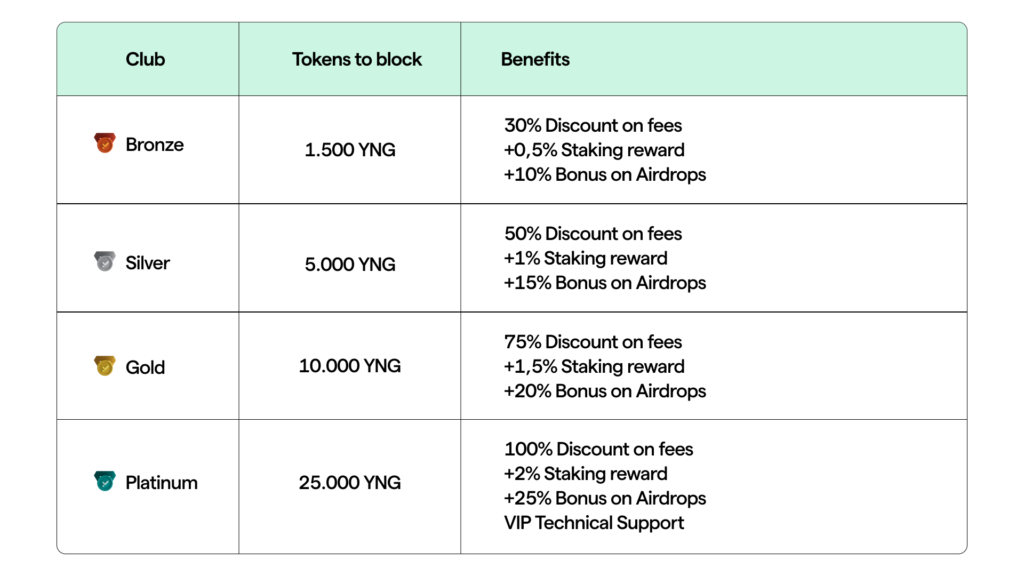
What pairs are available for YNG?
- EUR – YNG
Want to know more?
Read the YNG whitepaper!
Join the community of a 100% European exchange, stake your favourite cryptos, trade YNG, BTC, ETH and more with freedom and security. Crypto Made Easy!
N.B. Fee discounts are applied to all buy and sell orders. If these orders are executed on the Pro Platform, the discount is applied up to a maximum of €50,000 volume in the last 30 days. Standard buy and sell commissions will apply if the maximum is exceeded in this timeframe. These can be found on the Commissions and Prices page.
